Time stops at Valleseco
Valleseco, in the green heart of Gran Canaria, wraps the visitor in a blanket of nature, tradition and flavours.
Valleseco wakes up at dawn and goes to sleep at night to the lulling sound of water. The washing pools, the remains of old mills, galleries and canals make a mirror where the town looks at itself every morning, reflecting a wide natural range of infinite shades of green.
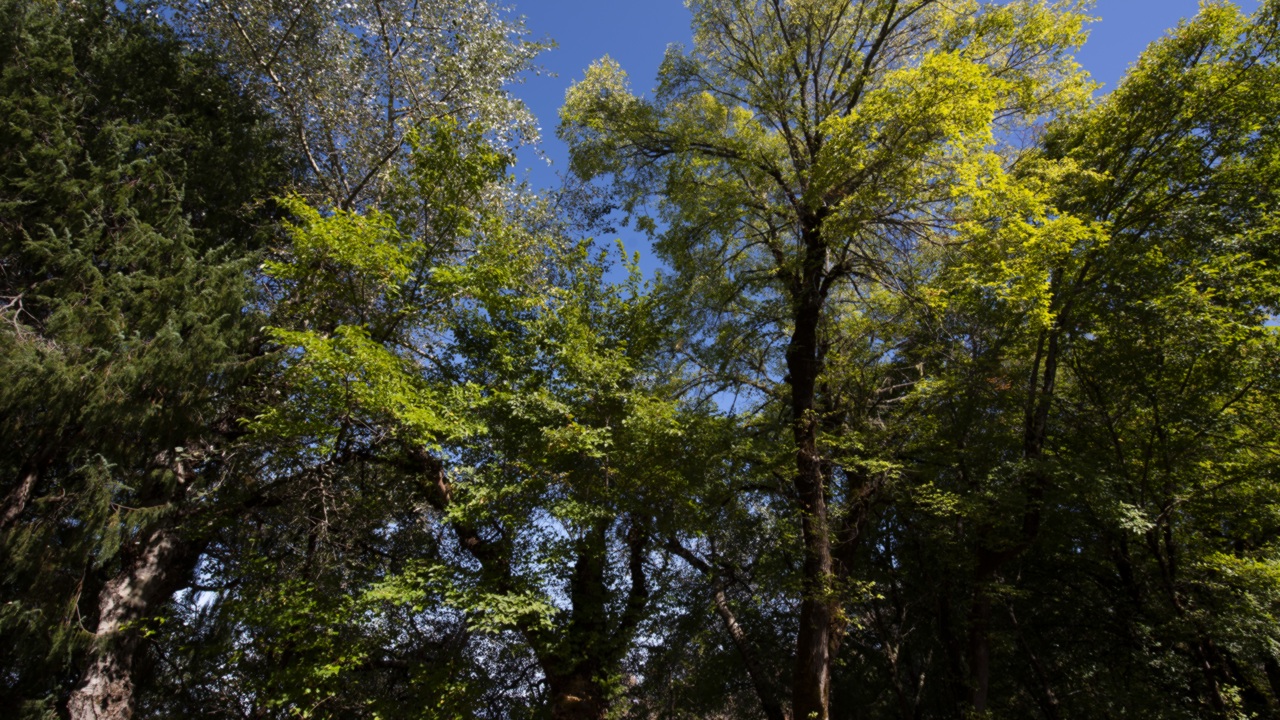
And so, in the middle of that luxurious foliage, the relevance of its name, Valleseco (Dry Valley), is diluted in the mist and the quiet or singing brooks, the relevance of its name, Valleseco (Dry Valley), is diluted. The name is, indeed, misleading. From there on, everything you see happens in a perfectly balanced mix of magic and reality. The onirical sensation is enhanced when, at certain times of the day, the sea of clouds that climbs up ravines and hills in the summer, pushed by the trade winds, reflects a pale blue shade, a sea mixing with the calm ocean.
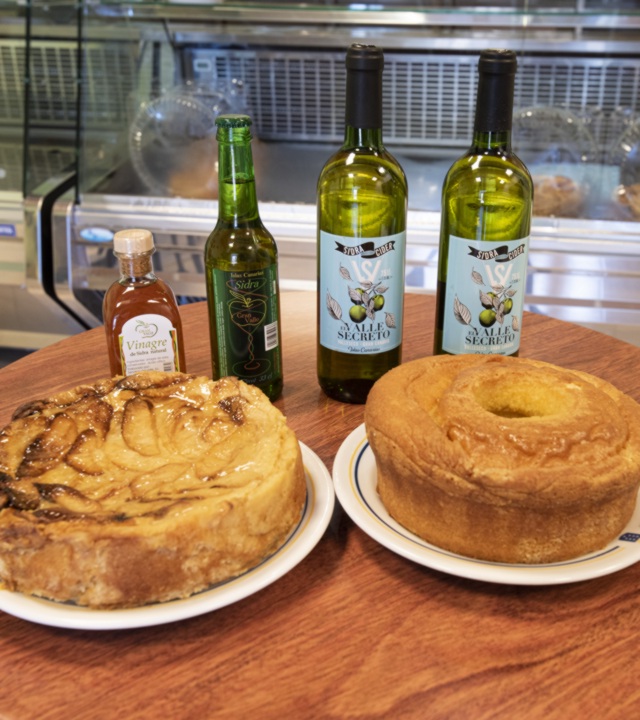
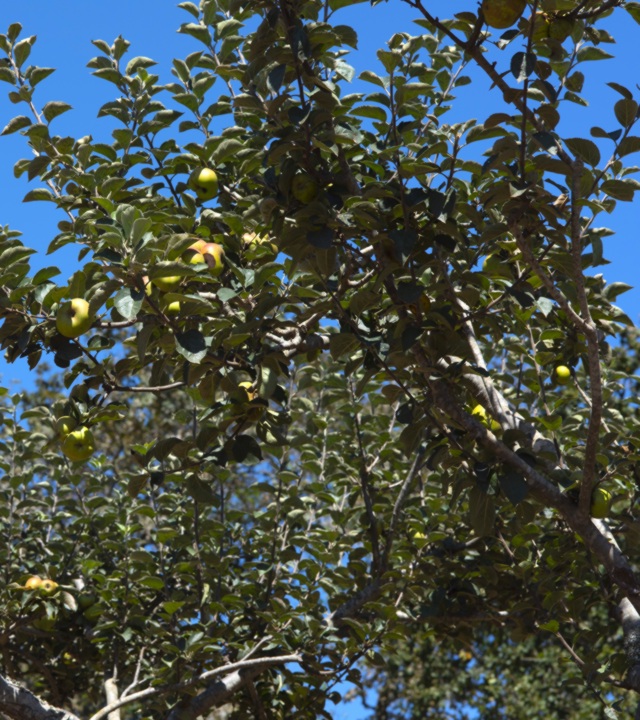
Valleseco is the perfect recipe. So are the cakes, tarts and buns baked right in the town centre by Conchi Herrera e Ignacio Guerra. “The only trick is that they are made with local products from Valleseco, and of course, with our apples”, says Ignacio. “And also love and care”, adds Conchi, beyond the right amounts of sugar and flour.
The French or Canadian Reinette apple tree is of great quality and bittersweet flavour, and has become an icon of Valleseco since its introduction in the mid-XIX century, in order to renew wastelands. Hence the tree on the coat of arms, next to the well, San Vicente Ferrer’s temple and the parish shield.
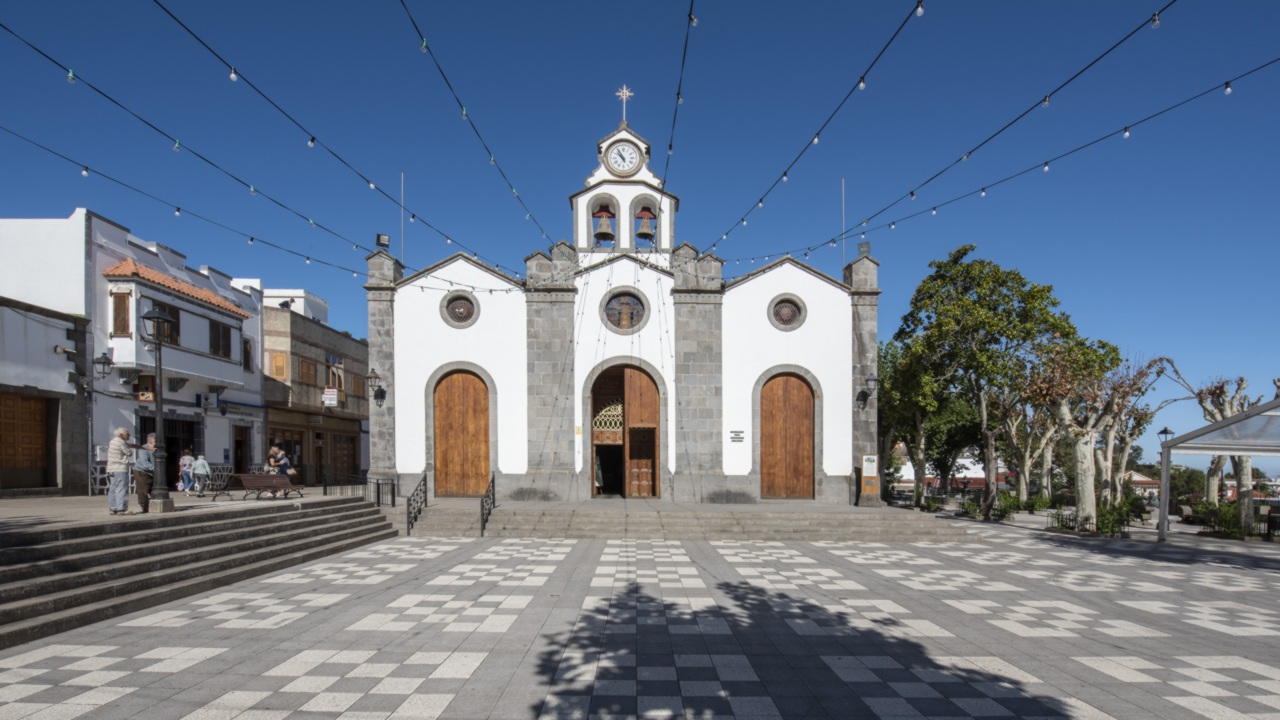
A highly recognized cider is made with these apples, and the bottles also contain the essence of a village that holds on tight to its traditions and to its motto: “Aqua, Labour et Terra’, the Latin words that mean “water, labour and land”.
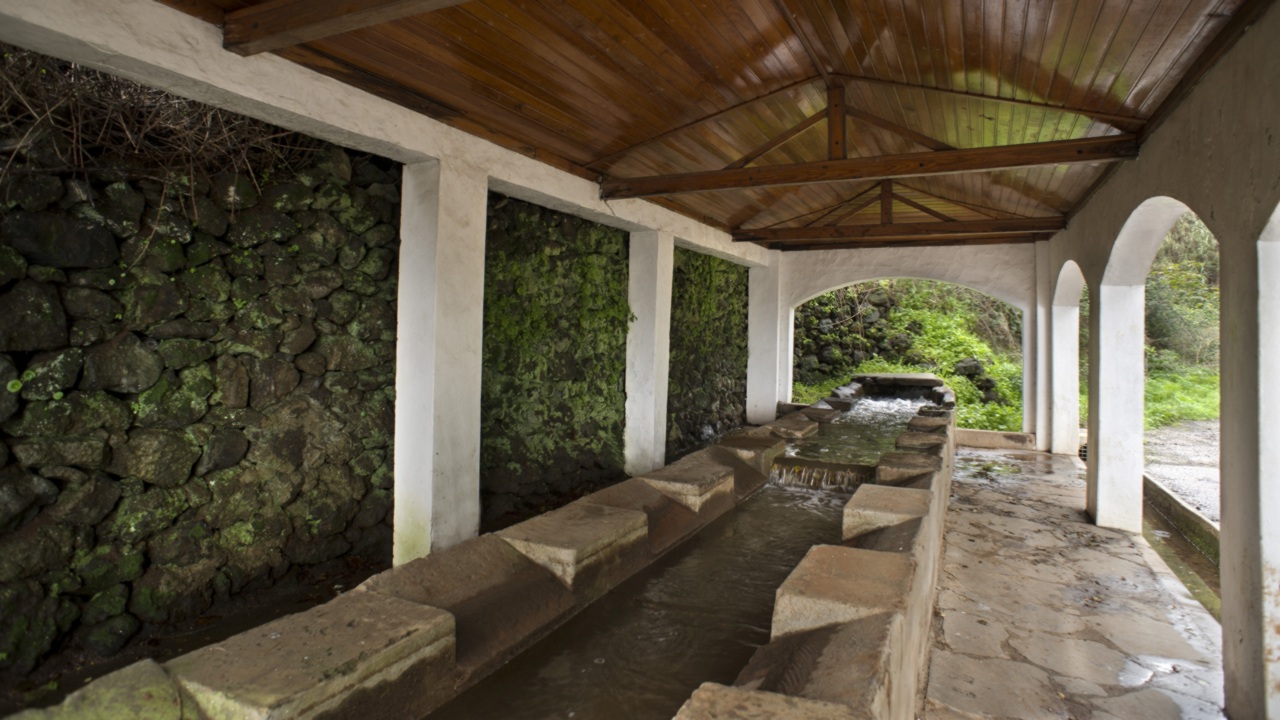
This primary and natural scent comes from EcoValles Eco-Market, flooding your senses every time Lisandro Cabrera opens the wood oven he handles with the wisdom received from centuries, and adapted to the current times. “Here I bake organic bread. I mix flavours using squash, sultanas, nuts, apples and even leek”, he says, as proud as a father speaking about his child. Lisandro does not only bake bread or delicate orange, turmeric and ginger biscuits. He keeps alive a centennial flame.
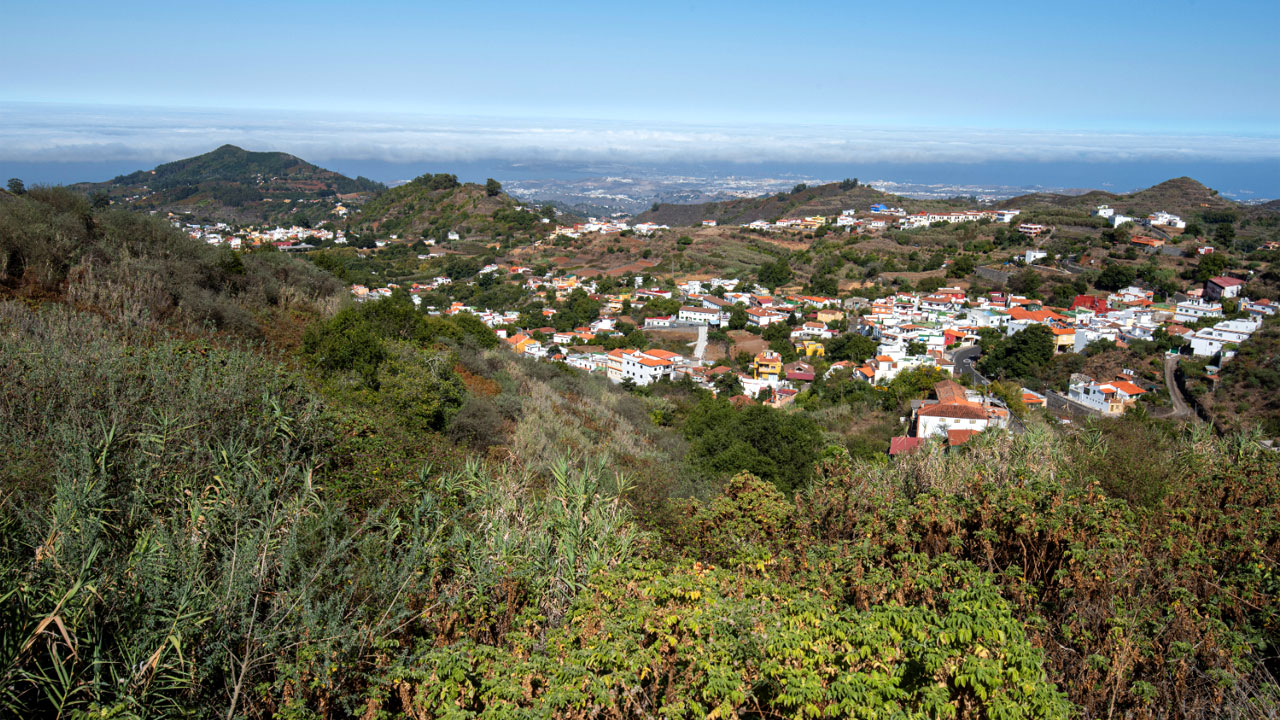
Next to him is the local farmer Rosaura Santana, surrounded at her stall by baskets full of Valleseco apples, odd-shaped squash and different organic fruit varieties. She even sells dried bananas to a steady clientele, including a grandfather who knows of his grandson love for them. The market also has a coffee bar, and is a weekly date with the authentic traditions.
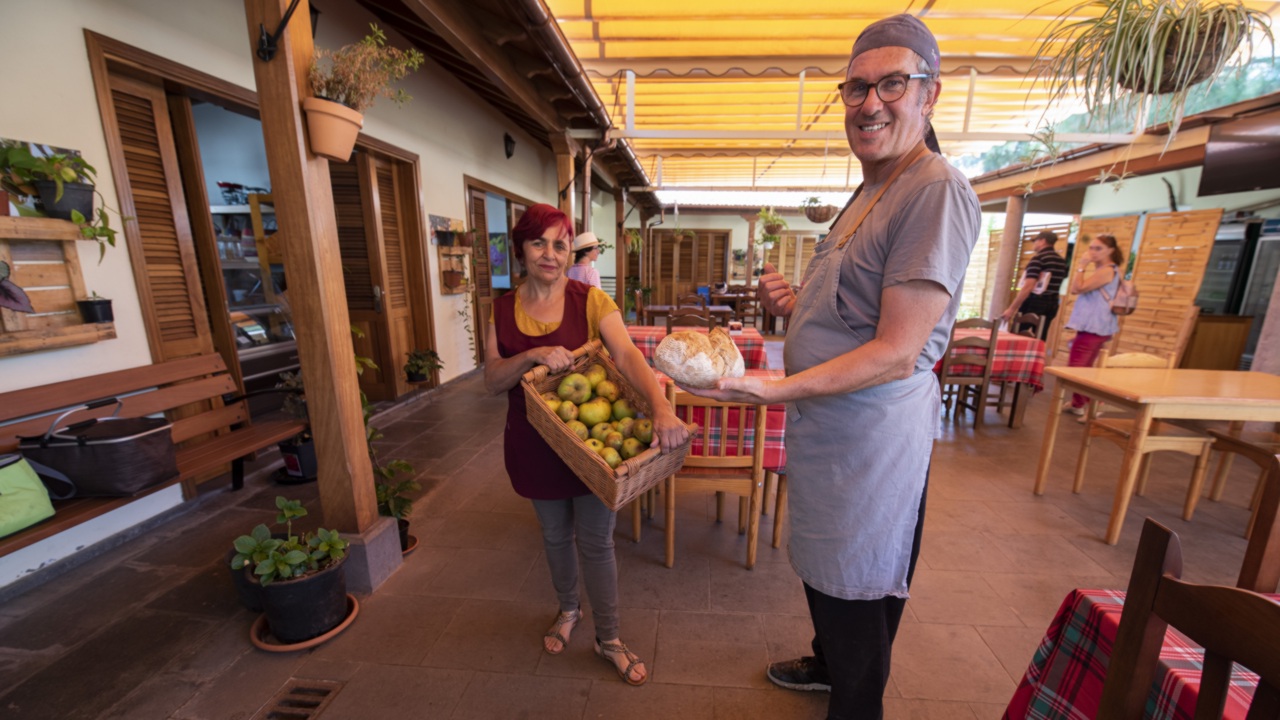
This communion between present, past and future is celebrated at Valleseco Ethnographic Museum and Interpretation Centre (MECIV), a place where you get acquainted with tradition on a first-name basis. There you can admire pottery and utensils donated by the great-grandchildren of the original owners, part of a universe where the typical outfits, farm implements and an old loom, shine with their own light amongst other pieces of high ethnographic value, from past times that still flow around Valleseco, just like its springs and brooks.
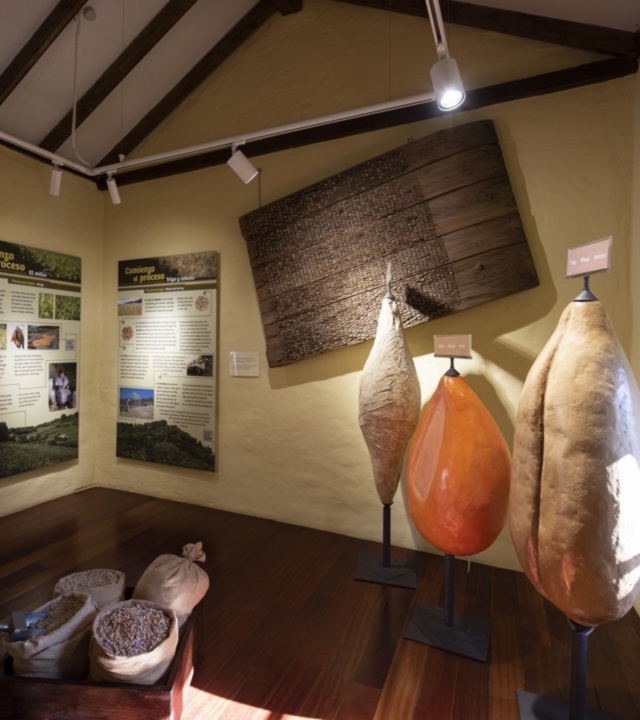
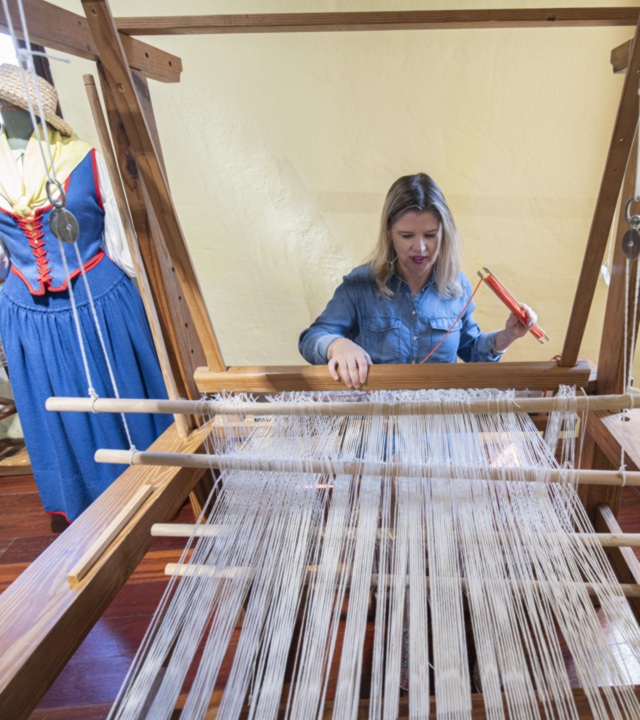
The cohabitation of past and present is one of Valleseco’s main attractions. Carmen Angulo, in charge of the Tourist Information Office, located at the MECIV, does not have any doubts: “Here you enjoy a much slower pace, connecting with the place’s own tradition and culture”, she says. “Many people do not even imagine what they will find here, and are really surprised. They love it, because it is a very rural village, with lots of local products, as well as lots of natural spaces and many public paths”. Next to her, the Tourist Councillor, Elsa Montero, says that Valleseco is the ideal place for those wanting to “have a first-hand experience of the landscape”. She says, “The essence is here”.
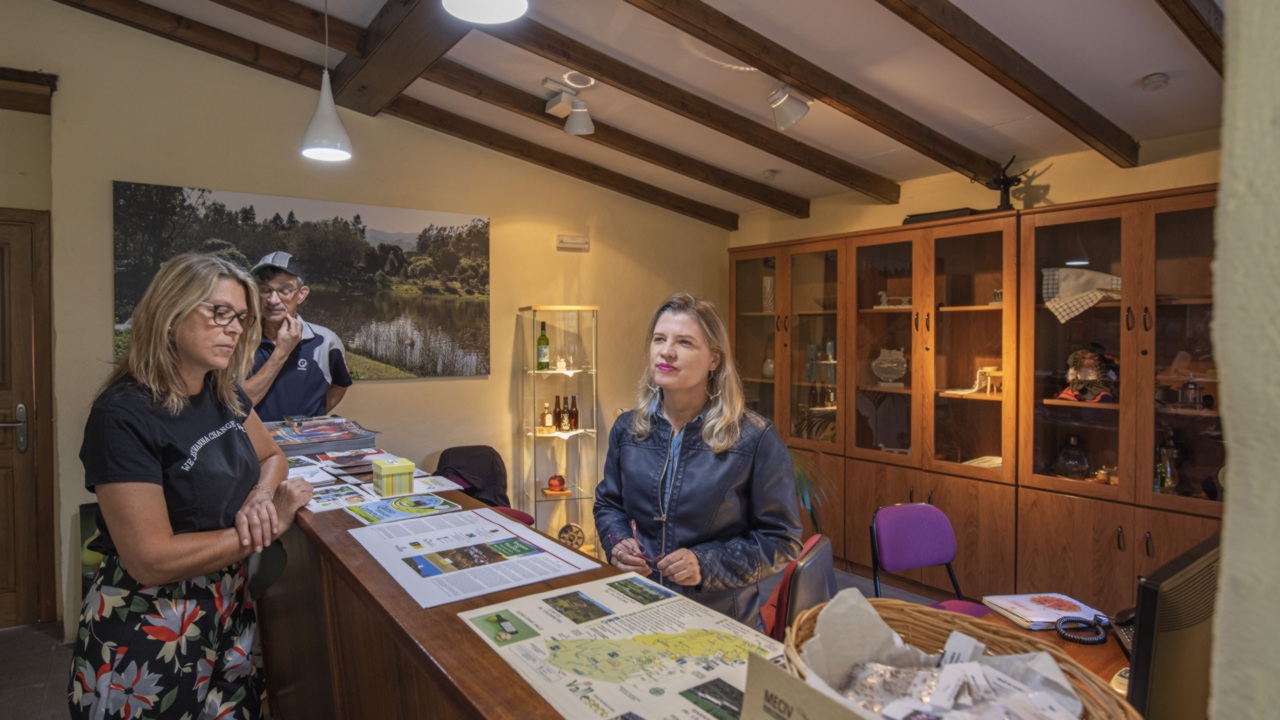
Near the museum, in the very town centre, you will find San Vicente Ferrer’s Church, with its cross rising up to a perfect blue sky. The Neo Gothic-style altar was made by the local artist Juan Pérez Rodríguez, the Souls’ painting by Lino de Vega and the XVIII century German organ is still in good use. He also plays the music that has stopped in time.
The church clock, however, is still on time. And it indicates it is time to talk again about Valleseco’s natural spaces. On one of the sides of the church you will see “Ofrenda” (Offering), a sculpture by Félix Reyes, inspired by the Apple Fair held on the first Sunday in October. From this same place, looking around, you’ll realise that the village is surrounded by the kind of nature that justified that three quarters of the local land has been designated as Protected Natural Space.
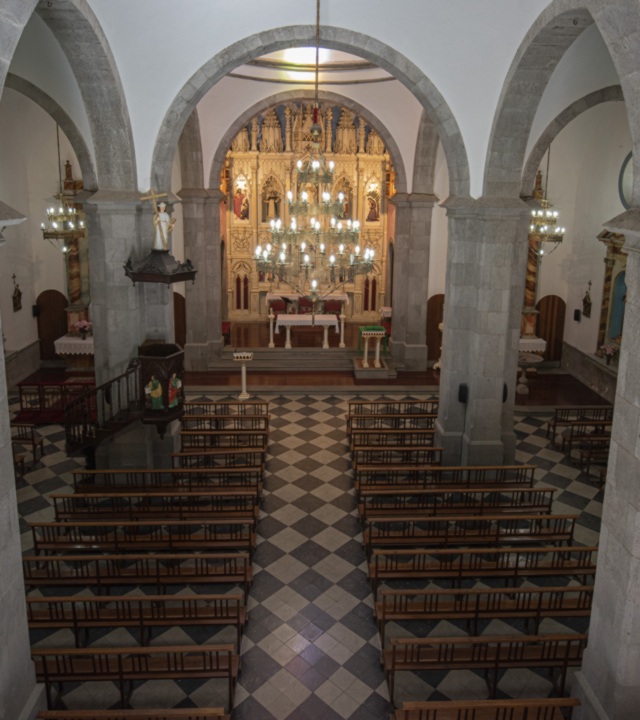
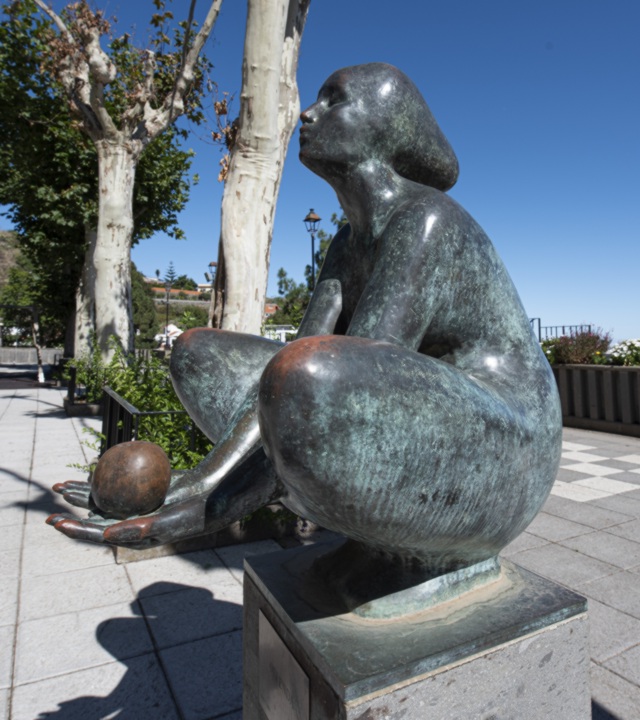
The many paths of Valleseco lead on to Gran Canaria’s laurel forest, known as Selva de Doramas. Also, Valleseco’s land and people go hand in hand, as it is evident in Barranco de la Virgen or Las Calderetas, that look like living paintings. It seems like Valleseco farms its present future daily, on the furrows made by oxen-led carts. This way Valleseco does not stop growing, Time seems to have come to a halt. Anyone coming to Valleseco will feel the need to stop, watch, experience, breath and let loose all senses.
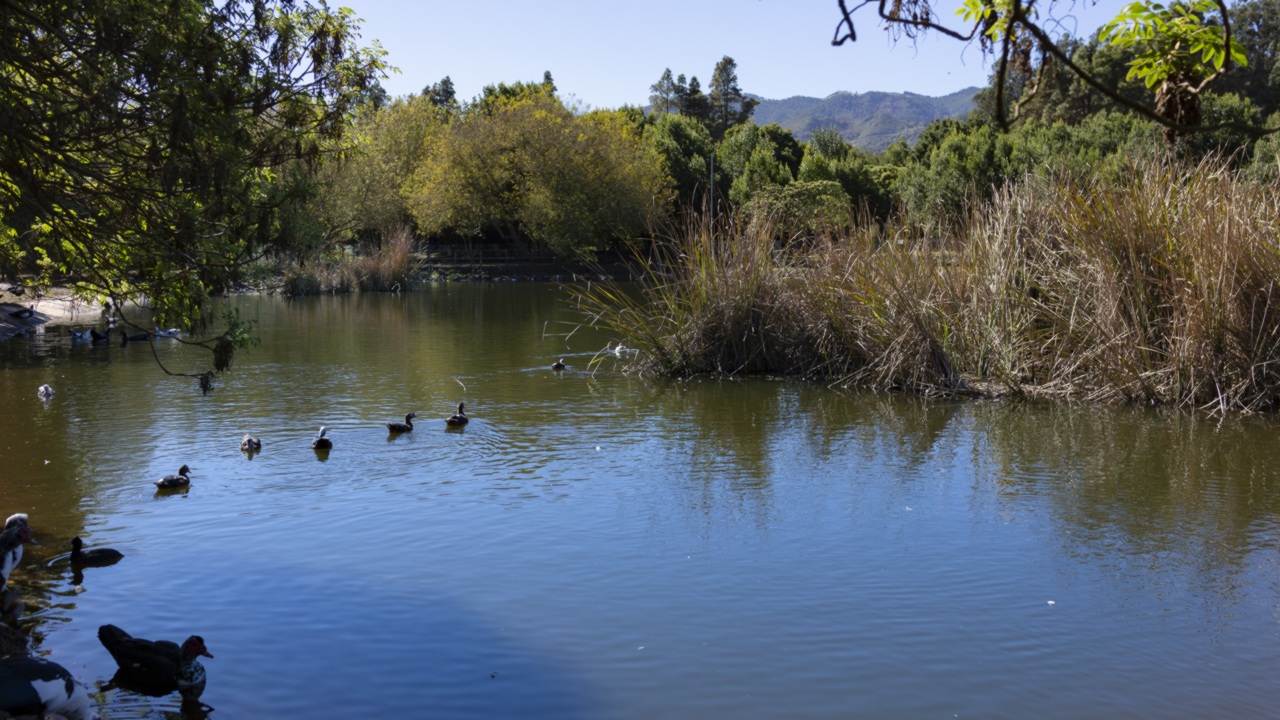
Valleseco has been able to create life even in the ruins of Hell. La Laguna Recreational Area, in Doramas Rural Park, is located on an ancient volcano. Inside there is a whole display of laurel forest vegetation. Along the path we will find tajinastes, strawberry trees, ilex canariensis, persea indica, hypericum grandifolium or myrica faya, whose fruit, known as ‘creces’, were ground and regarded as food by Gran Canaria’s aborigines.
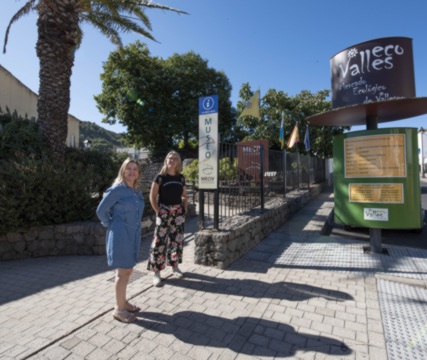
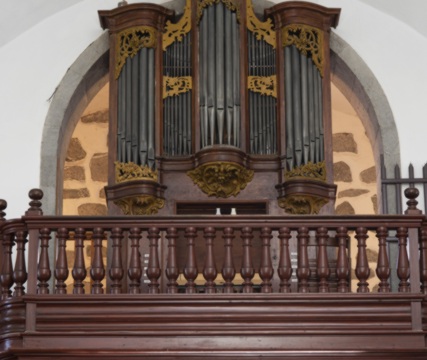
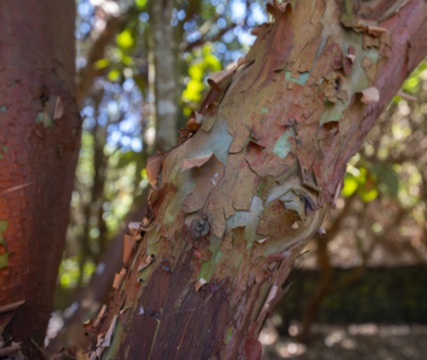
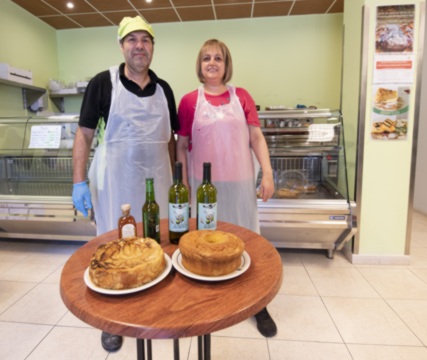
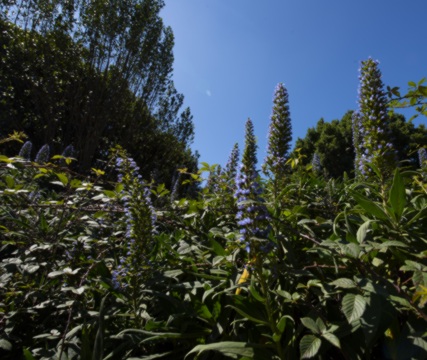
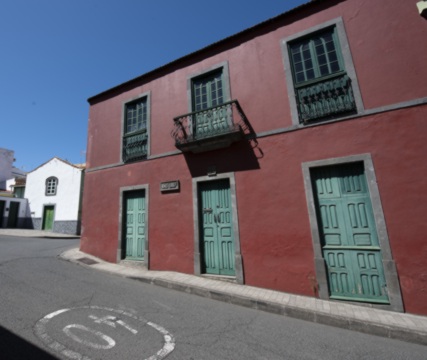
Here in La Laguna we cannot hear the music of San Vicente Ferrer’s Church organ. Its own soundtrack, thanks to the permanent lake, is played by the many birds, like the grey wagtail or the Atlantic canary. But its most mysterious inhabitant, a variety of shrew that lives only around Valleseco, hides in the shadows and nights of Valleseco, where the brooks whisper and the village sleeps under a blanket of trees covering the town with hope and future.
Related links:
X Gastronomic Days of the apple and cider

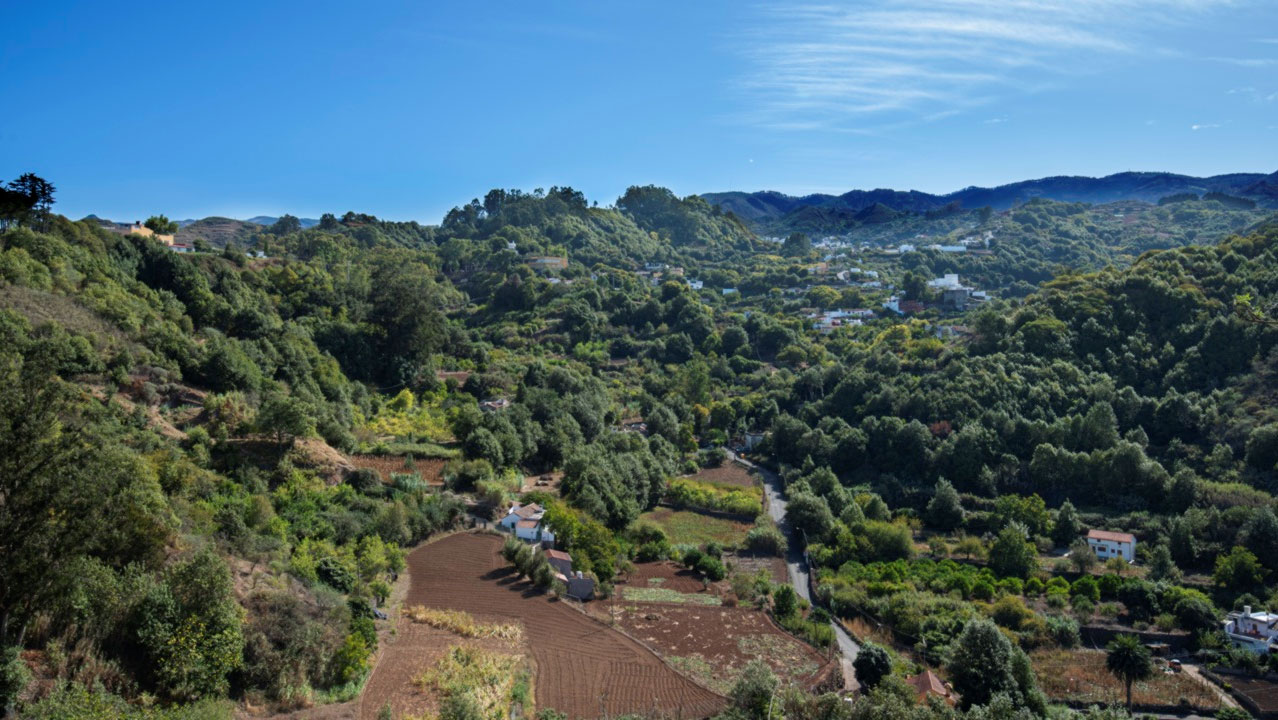
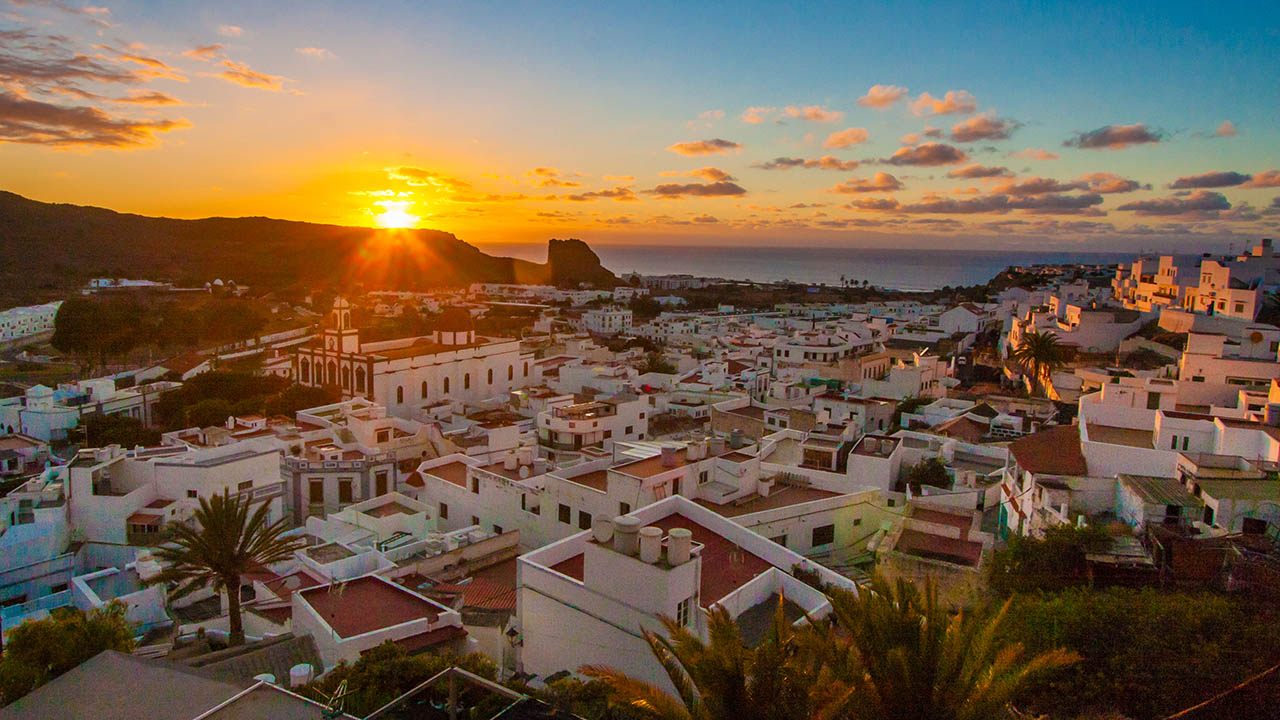
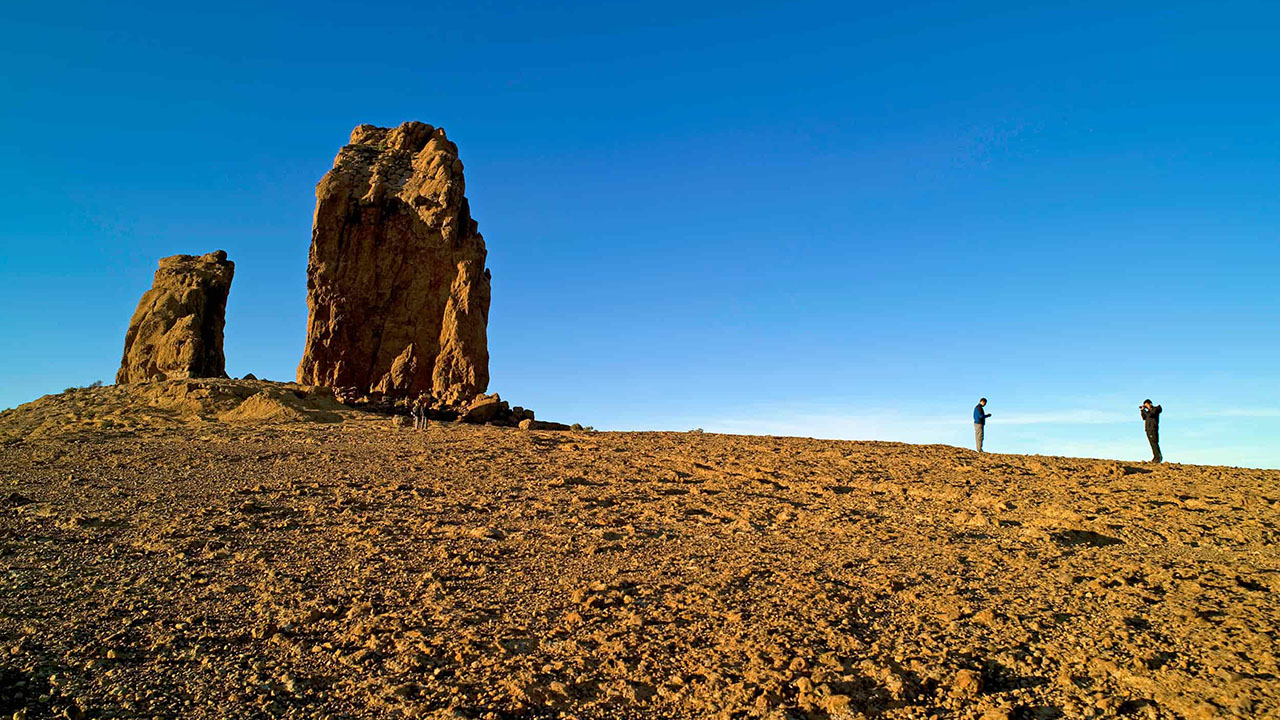
Comments are disabled for this post.